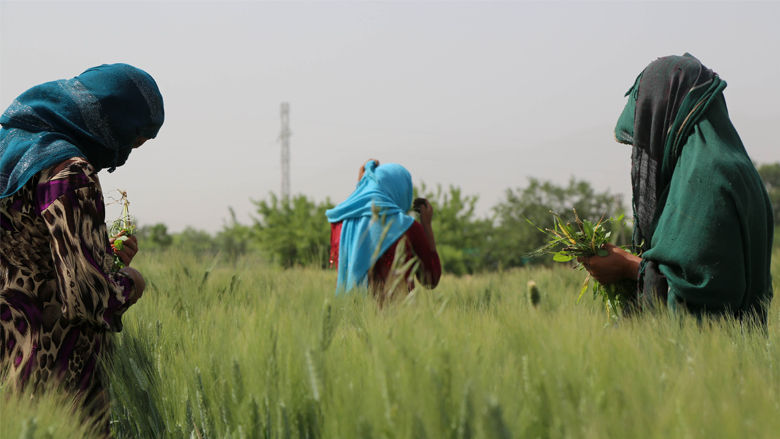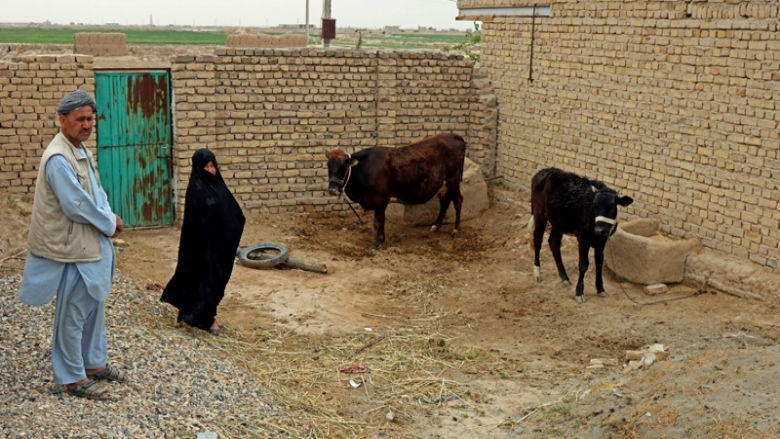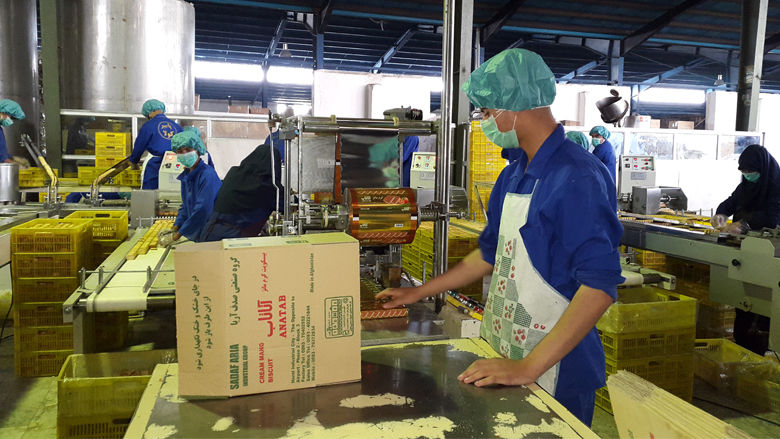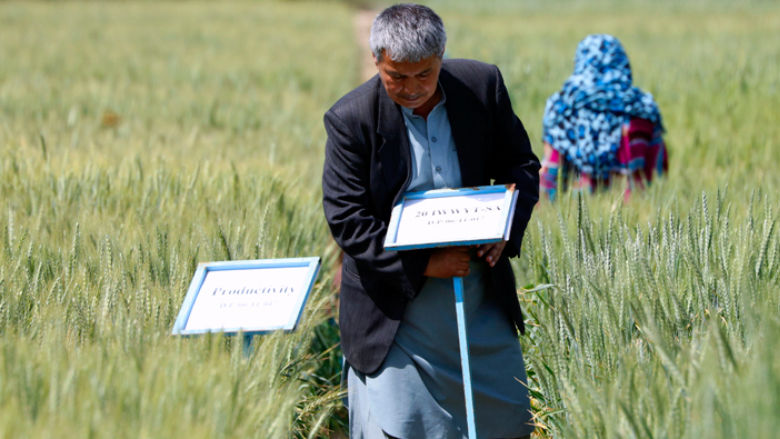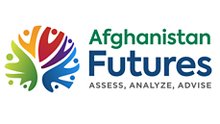Afghanistan Futures is the World Bank’s program of research, monitoring, and analytical reports on the state of the Afghan economy and society. It seeks to inform the international policy dialogue as the international community assesses how it can support the people of Afghanistan.
The Monthly Economic Monitor provides a frequent assessment and summary of high-level macroeconomic indicators. The Welfare Monitoring Survey continues pre-August 2021 household surveys by the national statistic authority to show changes in the basic living conditions of the population. The Private Sector Rapid Survey rates the state of private firms and depicts the role the private sector can play in development even in a state of political crisis. The Gender Monitoring Survey looks at the situation of women in the country by interviewing women in Afghanistan, which is even more important now as the voice of women has been more and more silenced. The statistics and information collected via these products culminate into the Afghanistan Development Update—a bi-annual flagship report, which presents the current state of the economy, short-to-medium term outlook, and the overall risks to the baseline.
